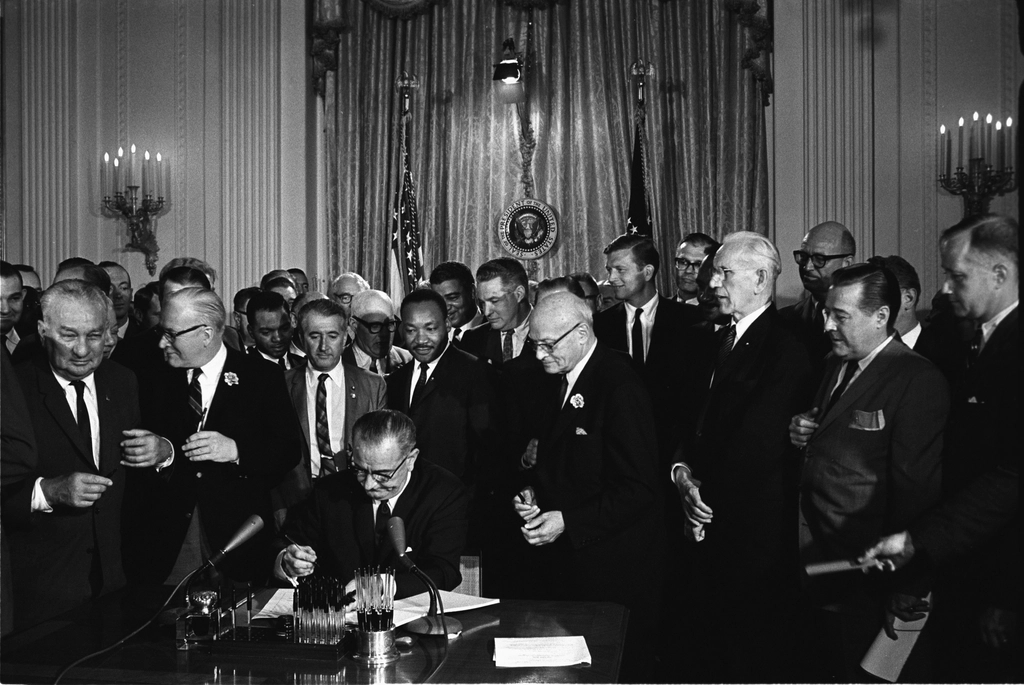The Foundation Years: Reconstruction and the 13th Amendment

The end of slavery in 1865 marked just the beginning of America’s long journey toward civil rights equality. The 13th Amendment abolished slavery, but the newly freed population faced immediate challenges in securing basic rights and protections. During Reconstruction (1865-1877), the 14th and 15th Amendments promised citizenship and voting rights to African Americans, yet these constitutional guarantees would prove fragile in practice.
According to the National Archives, approximately 4 million enslaved people gained freedom, but the period’s promise was short-lived. The Compromise of 1877 effectively ended Reconstruction, leading to the systematic rollback of civil rights gains. Jim Crow laws emerged across the South, creating a legal framework for segregation that would persist for nearly a century.
The Jim Crow Era: Separate but Never Equal
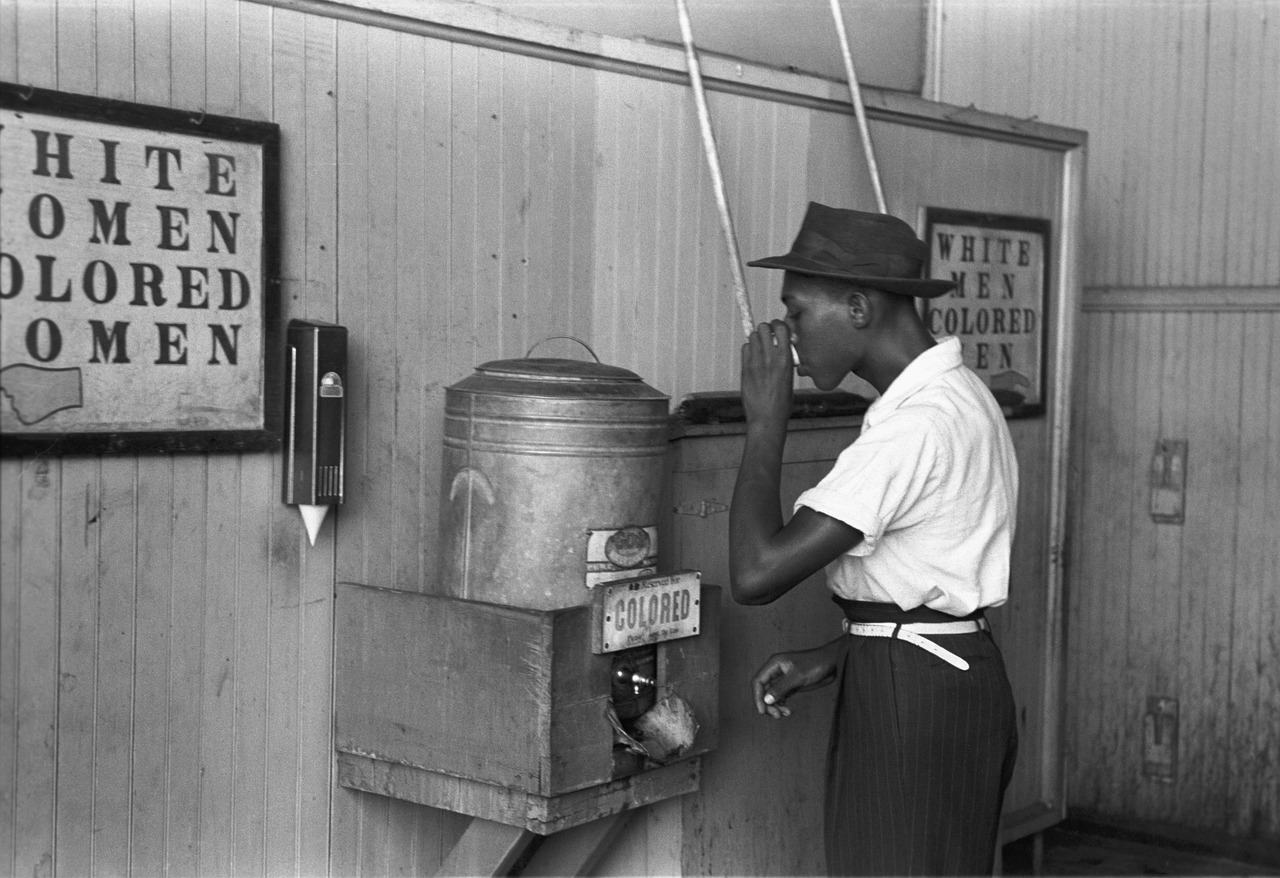
Between 1877 and the 1950s, the “separate but equal” doctrine dominated American society, particularly in the South. The Supreme Court’s 1896 Plessy v. Ferguson decision legitimized segregation, creating a legal foundation for discrimination that affected every aspect of daily life. From schools to restaurants, from water fountains to transportation, racial segregation became institutionalized.
Research from the Equal Justice Initiative documents that during this period, over 4,400 racial terror lynchings occurred between 1877 and 1950. These acts of violence served to maintain white supremacy and suppress any attempts at achieving equality. The psychological and economic impact of Jim Crow laws extended far beyond legal restrictions, creating systemic barriers that would take generations to overcome.
World War II: A Catalyst for Change
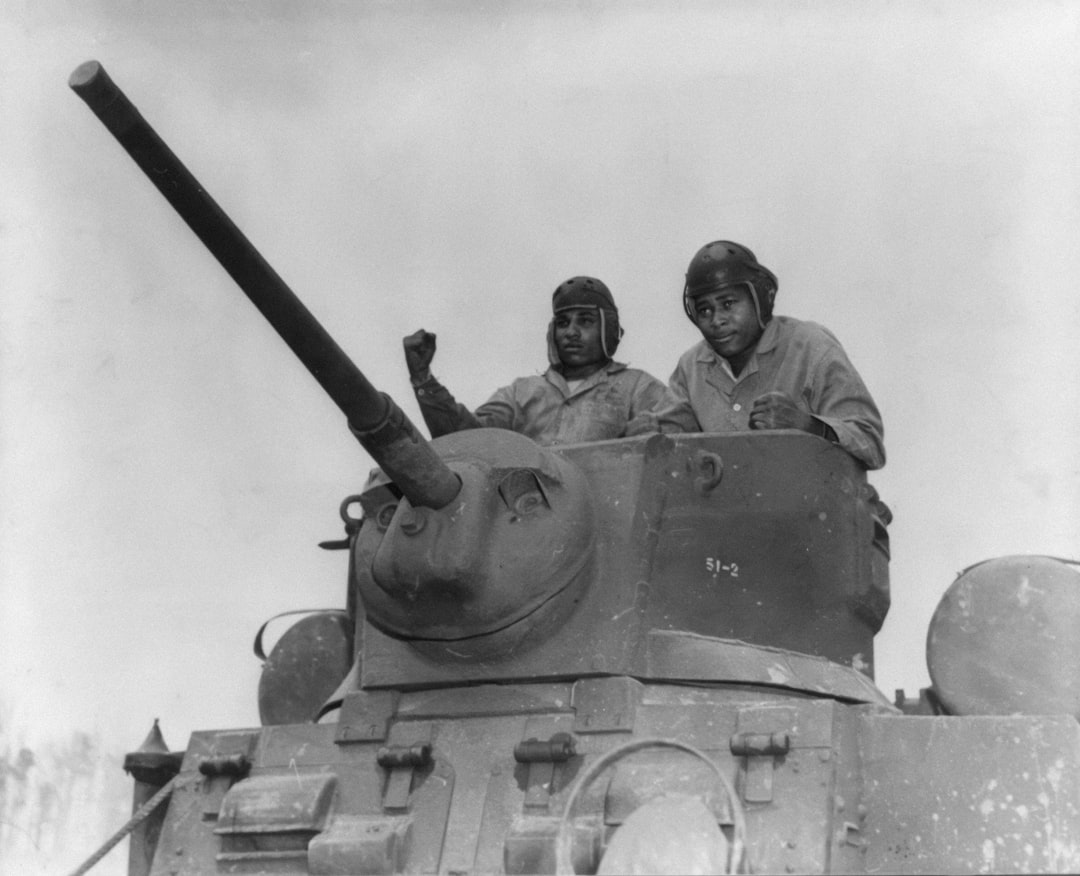
The Second World War paradoxically accelerated the civil rights movement while exposing America’s contradictions. African Americans served in segregated units while fighting for freedom abroad, highlighting the hypocrisy of fighting fascism while maintaining racial oppression at home. The Double V campaign emerged, calling for victory against fascism overseas and racism domestically.
Military records show that over 1 million African Americans served in World War II, yet they returned to a country that still denied them basic rights. The war experience, however, created a generation of civil rights activists who had witnessed equality in action and refused to accept second-class citizenship. This period also saw the beginning of significant migration patterns, with millions of African Americans moving from the rural South to urban centers in the North and West.
Breaking Barriers: Jackie Robinson and Sports Integration
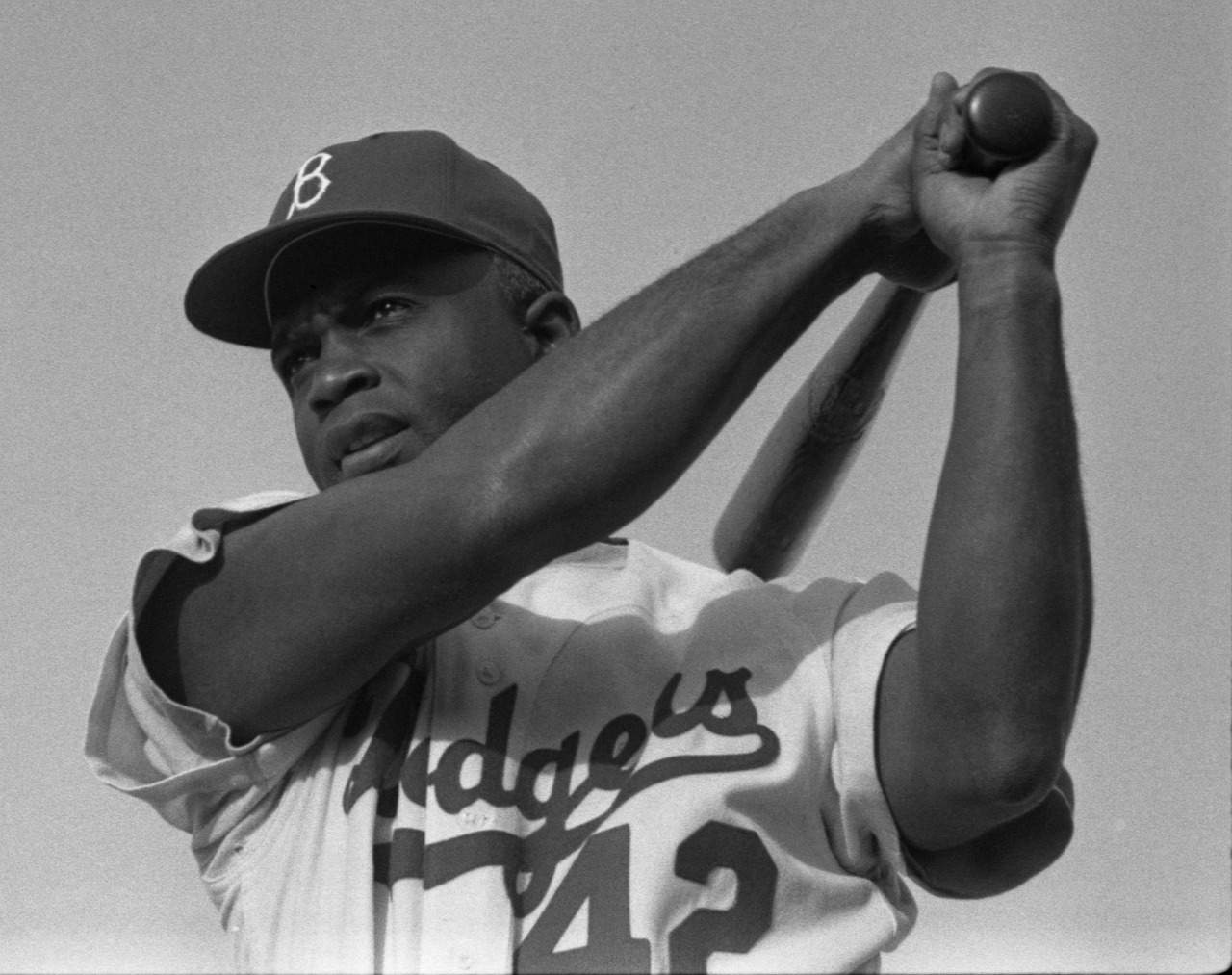
When Jackie Robinson broke baseball’s color barrier in 1947, he didn’t just change sports – he transformed American society. His integration into Major League Baseball occurred three years before the military was desegregated and seven years before Brown v. Board of Education. Robinson’s courage in facing death threats, racial slurs, and isolation while maintaining exceptional performance on the field demonstrated the absurdity of segregation.
The impact extended beyond baseball, as other sports gradually integrated throughout the 1950s and 1960s. According to the Jackie Robinson Foundation, his success paved the way for other African American athletes and helped shift public opinion about racial integration. The visibility of successful Black athletes in integrated settings challenged stereotypes and provided powerful examples of what equality could achieve.
Brown v. Board: The Legal Revolution of 1954
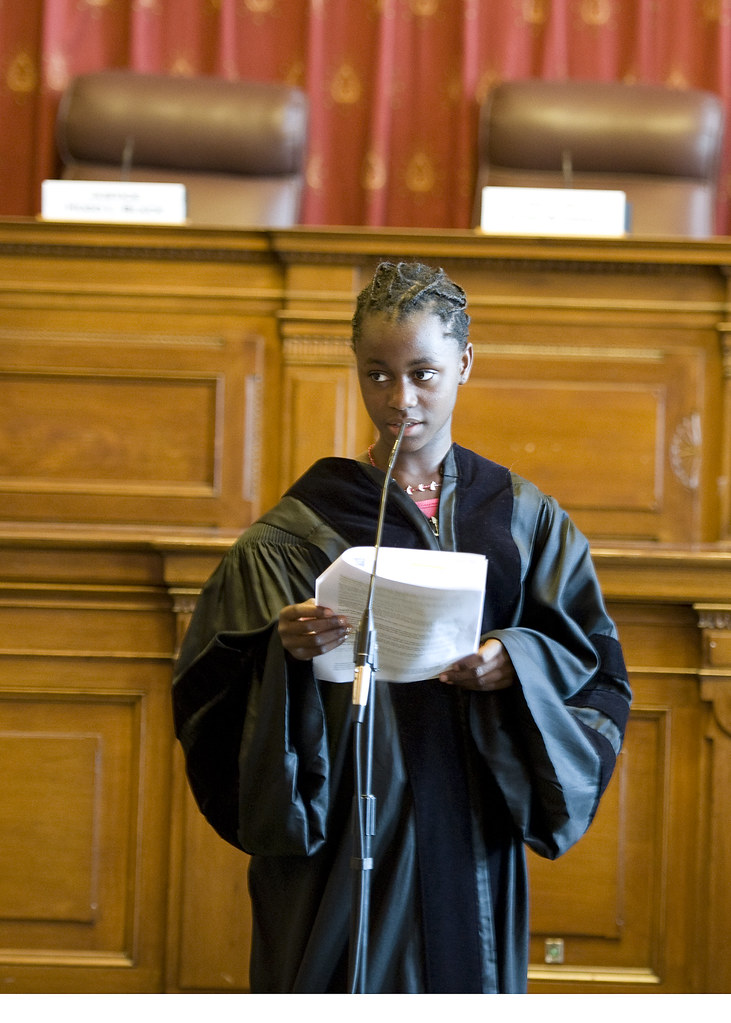
The Supreme Court’s unanimous decision in Brown v. Board of Education fundamentally altered American society by declaring “separate educational facilities are inherently unequal.” This landmark ruling overturned Plessy v. Ferguson and marked the legal beginning of the modern civil rights movement. The decision affected approximately 12 million school children and challenged the entire structure of American segregation.
However, implementation proved far more challenging than the decision itself. The Court’s follow-up ruling in Brown II called for desegregation “with all deliberate speed,” but many Southern states engaged in massive resistance. According to the Southern Education Foundation, by 1964, only 2.3% of African American students in the South attended integrated schools, demonstrating the gap between legal victory and practical change.
Montgomery Bus Boycott: The Power of Economic Protest
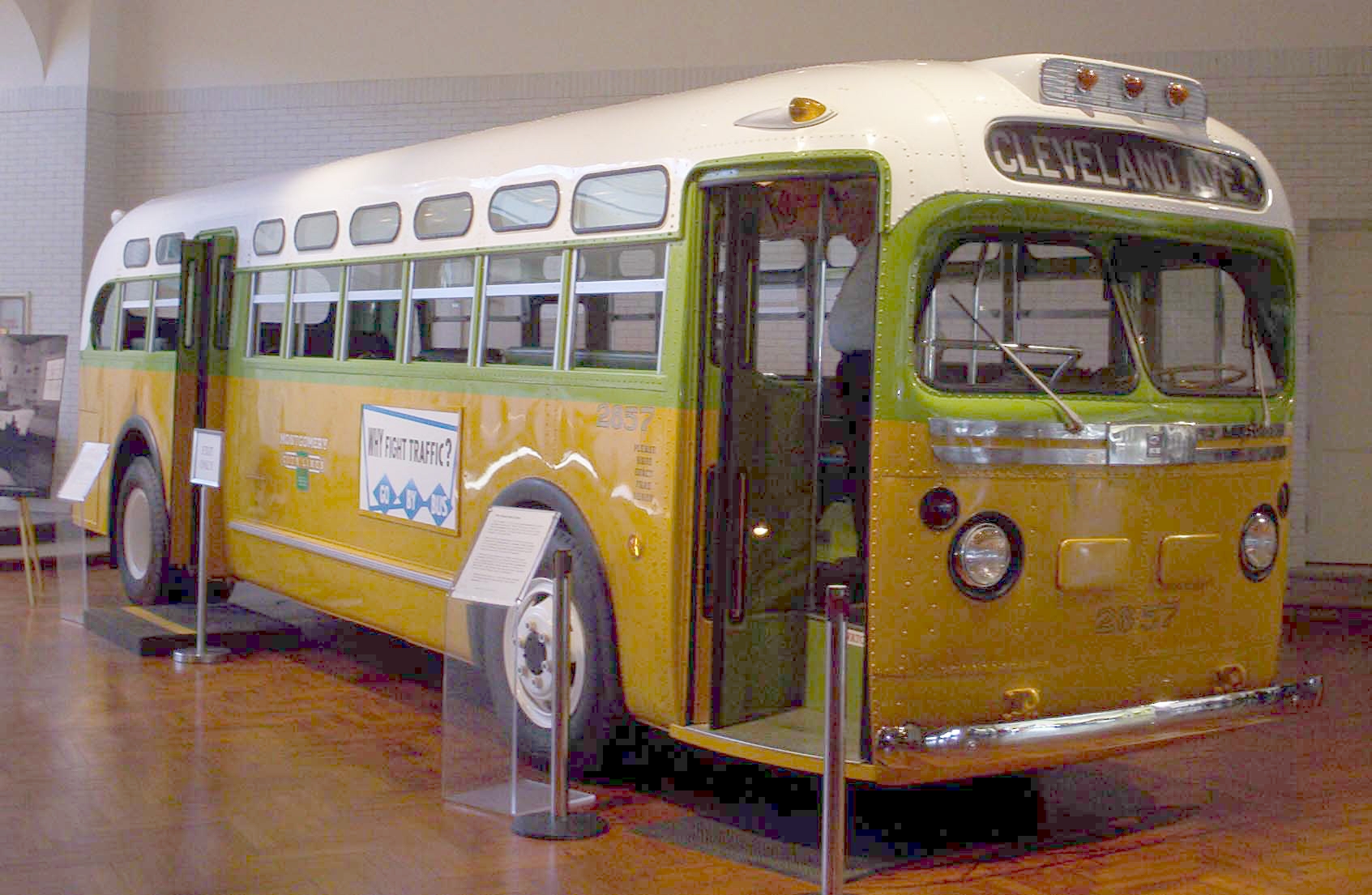
Rosa Parks’ arrest on December 1, 1955, sparked the Montgomery Bus Boycott, lasting 381 days and proving the effectiveness of organized economic resistance. The boycott wasn’t spontaneous but represented years of planning by civil rights organizations and community leaders. African Americans, who comprised 75% of Montgomery’s bus ridership, created an alternative transportation system that included carpools, walking groups, and even taxi services.
The boycott’s success came at significant personal cost to participants, many of whom faced job losses, harassment, and violence. According to the Montgomery Improvement Association’s records, the boycott cost the city’s bus system approximately $750,000 in lost revenue. The campaign also introduced Martin Luther King Jr. to national prominence and demonstrated that sustained, organized resistance could achieve concrete victories.
The Little Rock Nine: Federal Intervention and School Integration
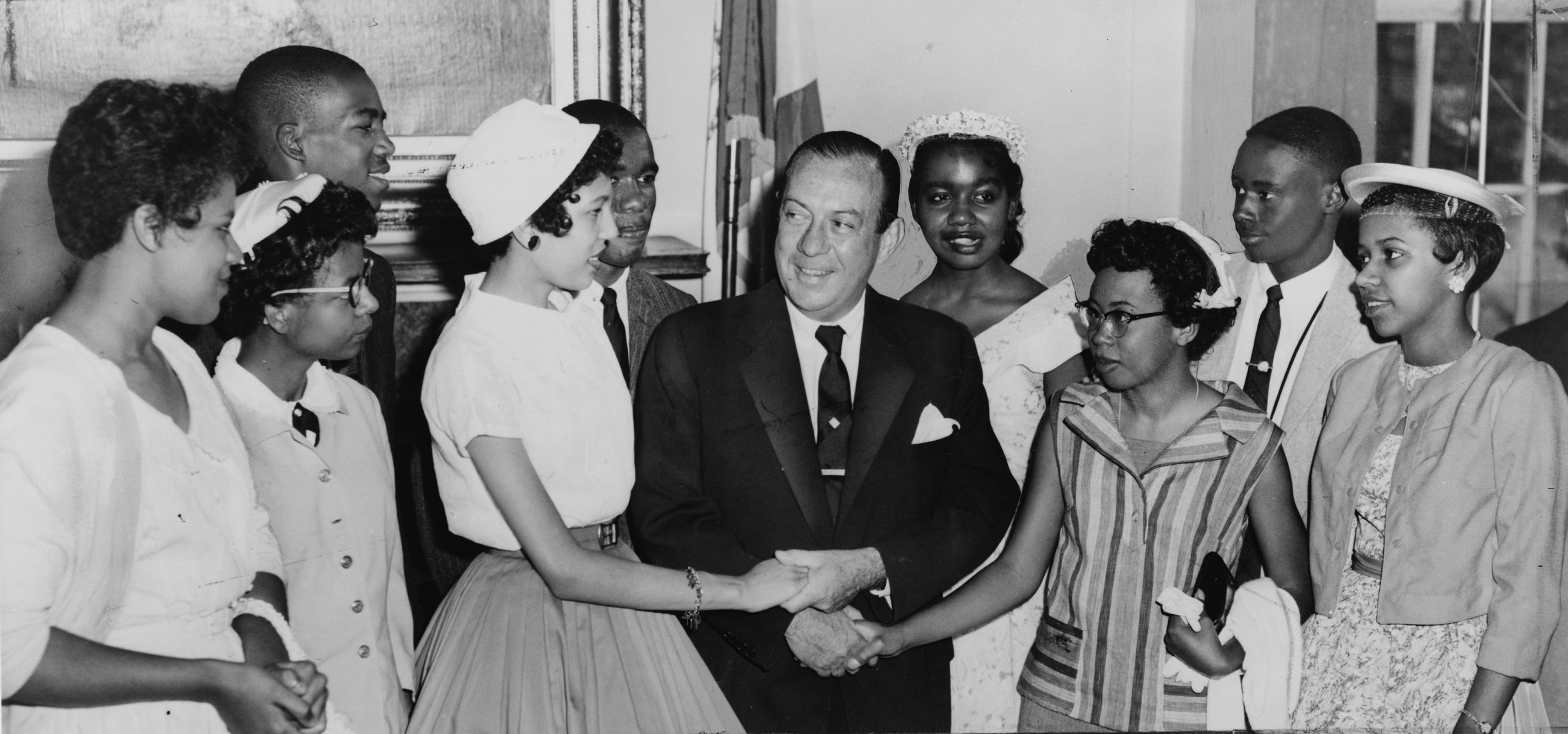
The integration of Central High School in Little Rock, Arkansas, in 1957 became a defining moment when federal authority confronted state resistance. Nine African American students faced violent mobs and Arkansas National Guard troops blocking their entrance to the school. President Eisenhower’s decision to federalize the Arkansas National Guard and deploy the 101st Airborne Division marked the first time since Reconstruction that federal troops protected African American civil rights.
The images of teenagers being escorted by soldiers to attend school shocked the nation and the world. According to the Little Rock Nine Foundation, the students endured daily harassment, physical attacks, and psychological warfare throughout the school year. Their courage in the face of such hostility demonstrated the human cost of integration and the determination required to achieve educational equality.
Freedom Riders and Interstate Commerce
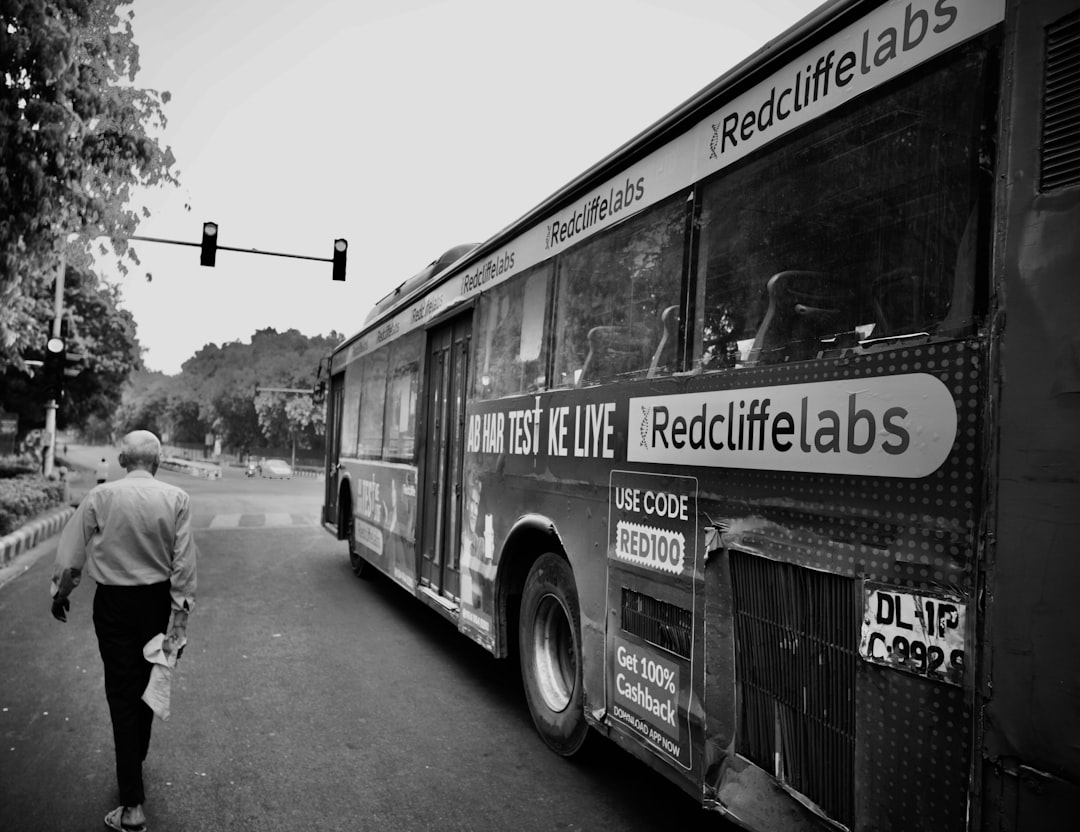
The Freedom Rides of 1961 tested the Supreme Court’s decisions in Morgan v. Virginia and Boynton v. Virginia, which had declared segregated public buses and terminals unconstitutional. The Congress of Racial Equality organized integrated groups to travel through the South, deliberately challenging segregation in interstate transportation. The violent response they encountered, particularly in Alabama, exposed the gap between federal law and local enforcement.
According to the Freedom Riders Foundation, over 400 volunteers participated in the rides, with many suffering beatings, imprisonment, and other forms of violence. The brutal attacks on the riders, including the firebombing of a bus in Anniston, Alabama, forced the Kennedy administration to take stronger action. The Interstate Commerce Commission subsequently issued regulations banning segregation in interstate bus and rail stations, achieving the riders’ immediate goal.
The March on Washington: A Movement’s Peak
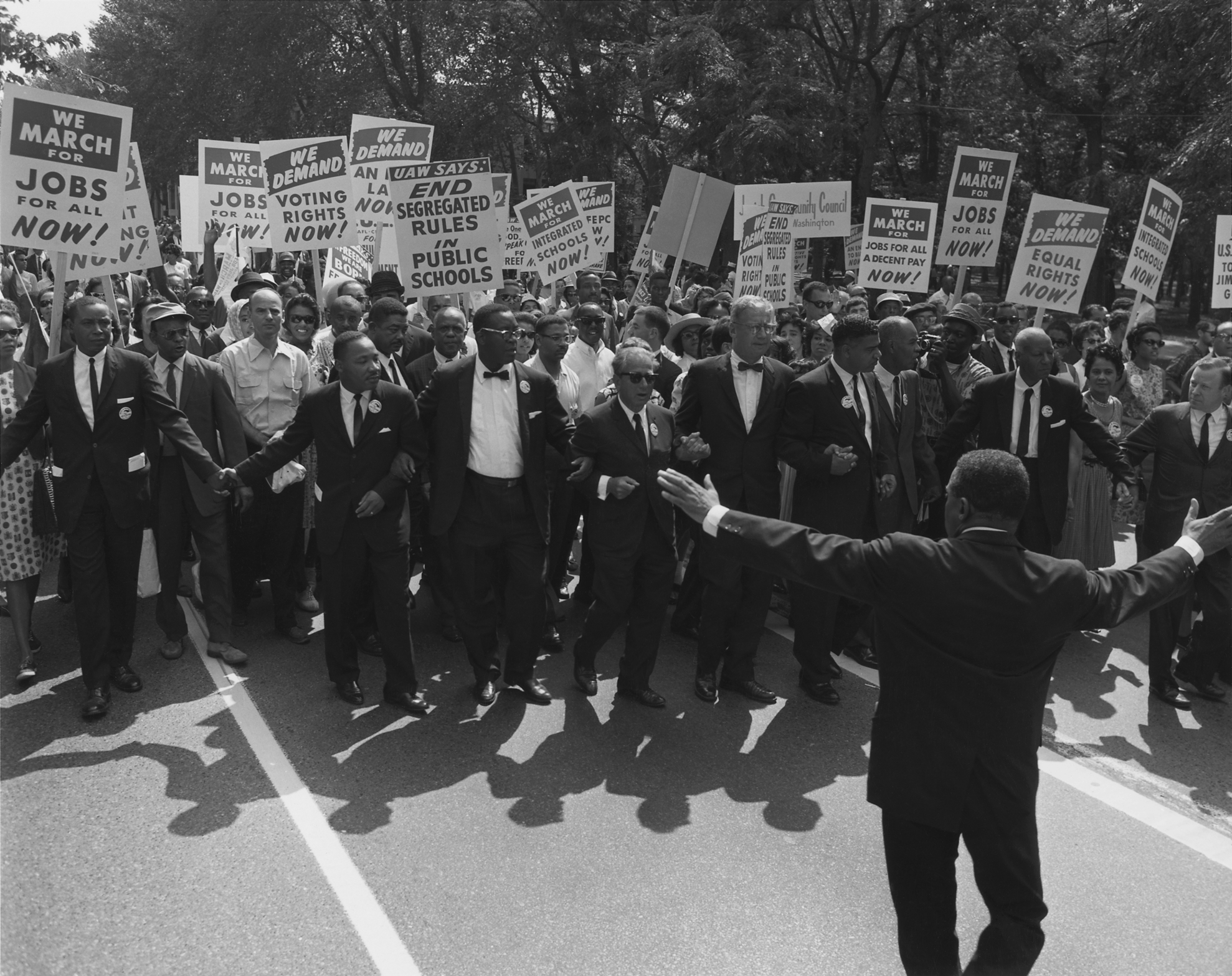
The March on Washington for Jobs and Freedom on August 28, 1963, brought together over 250,000 people in the largest political demonstration in American history to that point. The march combined demands for civil rights legislation with economic justice, reflecting the movement’s understanding that legal equality required economic opportunity. Martin Luther King Jr.’s “I Have a Dream” speech became the event’s most memorable moment, but the march addressed comprehensive civil rights legislation.
The event’s organization required unprecedented coordination among civil rights groups, labor unions, and religious organizations. According to the National Archives, the march cost approximately $120,000 to organize and relied on detailed logistical planning that included train schedules, portable restrooms, and security arrangements. The march’s peaceful nature and diverse attendance helped build support for comprehensive civil rights legislation.
The Civil Rights Act of 1964: Legislative Victory
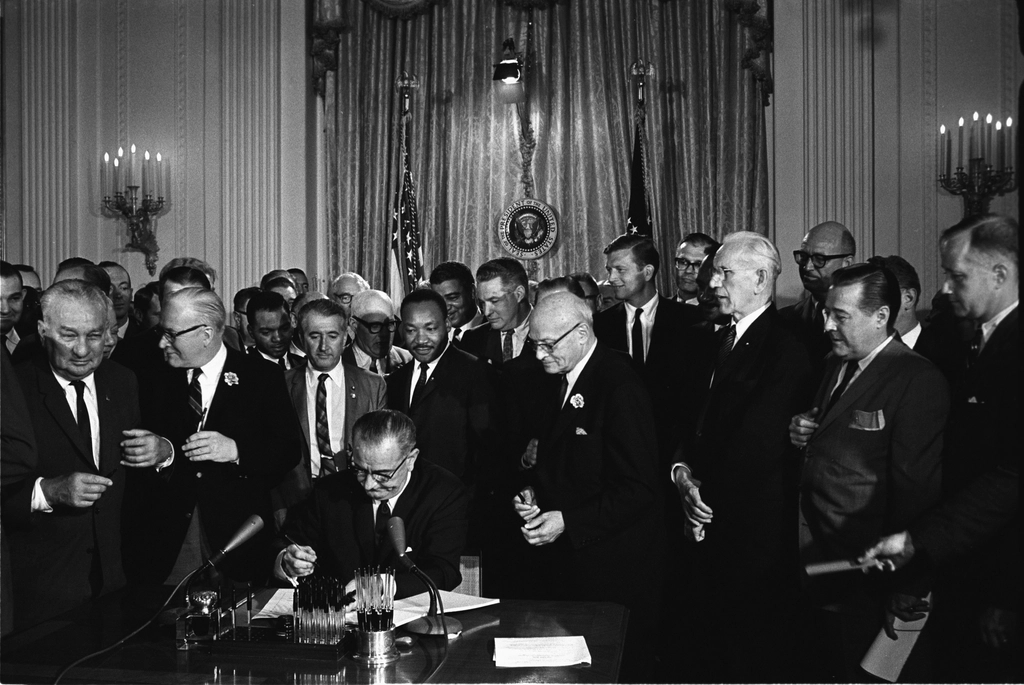
The Civil Rights Act of 1964 represented the most comprehensive civil rights legislation since Reconstruction, banning discrimination in public accommodations, employment, and education. The law emerged from years of activism, the March on Washington, and President Johnson’s skillful legislative maneuvering following Kennedy’s assassination. The act’s passage required overcoming a 60-day Senate filibuster, the longest in American history at that time.
According to the Equal Employment Opportunity Commission, the law immediately affected millions of Americans by prohibiting discrimination based on race, color, religion, sex, or national origin. The act’s Title VII provisions created the EEOC and established legal frameworks for challenging workplace discrimination. However, the law’s effectiveness depended on enforcement, and many businesses and institutions initially resisted compliance.
Selma to Montgomery: The Right to Vote
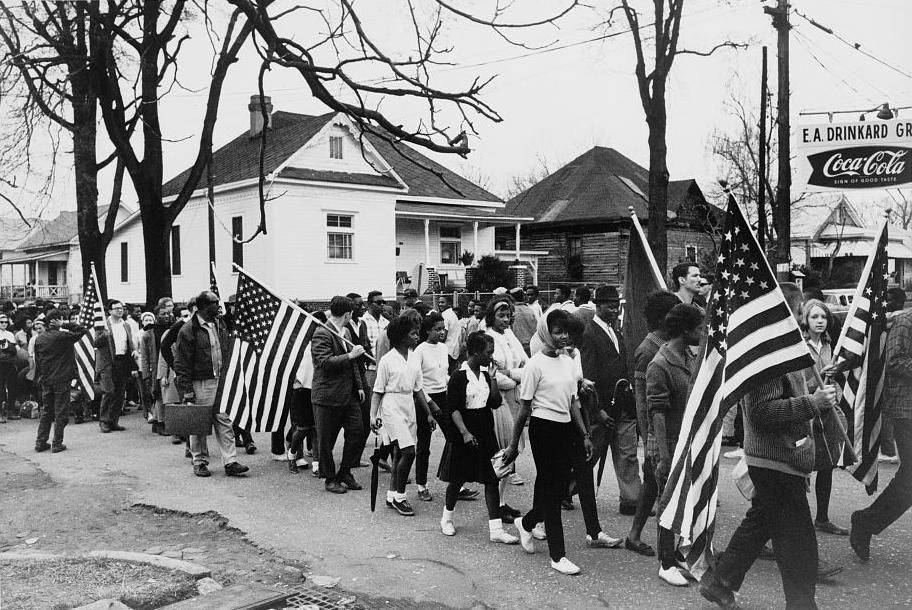
The Selma to Montgomery marches in 1965 focused national attention on voting rights and the systematic disenfranchisement of African Americans. Despite the 15th Amendment’s guarantee of voting rights, various tactics including poll taxes, literacy tests, and intimidation prevented African Americans from exercising this fundamental right. The March 7, 1965, “Bloody Sunday” attack on peaceful marchers crossing the Edmund Pettus Bridge shocked the nation.
According to the Selma to Montgomery National Historic Trail, fewer than 400 of Dallas County’s 15,000 African Americans were registered to vote before the campaign. The violent response to peaceful protesters, broadcast live on television, generated national outrage and political pressure for voting rights legislation. The successful completion of the 54-mile march two weeks later demonstrated the movement’s determination and moral authority.
The Voting Rights Act of 1965: Democratic Participation
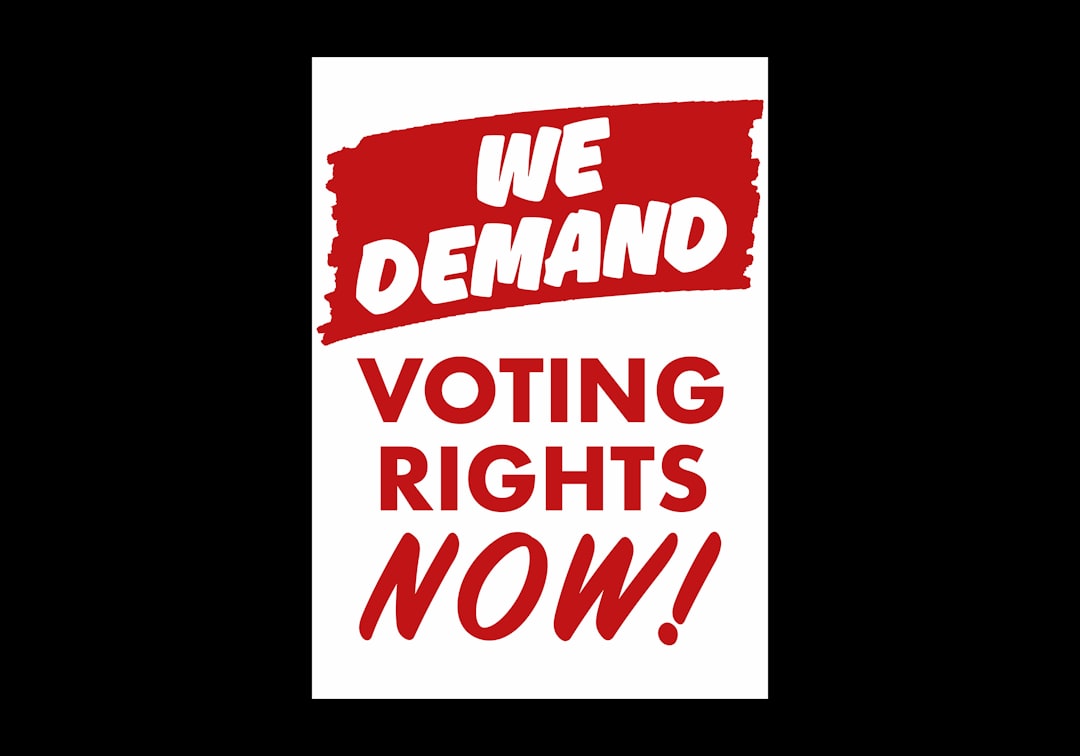
The Voting Rights Act of 1965 eliminated many barriers to African American voting and provided federal oversight of elections in areas with histories of discrimination. The law’s preclearance provisions required certain jurisdictions to obtain federal approval before changing voting procedures, ensuring that new discriminatory practices couldn’t replace old ones. Within months of the act’s passage, African American voter registration increased dramatically across the South.
According to the U.S. Census Bureau, African American voter registration in Mississippi increased from 6.7% in 1965 to 59.8% by 1967. The law’s impact extended beyond voting, as increased political participation led to the election of African American officials at all levels of government. However, the Supreme Court’s 2013 decision in Shelby County v. Holder weakened key provisions, leading to ongoing debates about voting rights protection.
The Fair Housing Act of 1968: Addressing Residential Segregation

The Fair Housing Act, passed just seven days after Martin Luther King Jr.’s assassination, addressed one of the most persistent forms of discrimination: housing segregation. The law prohibited discrimination in housing sales, rentals, and financing based on race, color, religion, or national origin. This legislation tackled the residential segregation that had created and maintained separate and unequal communities across America.
According to the National Fair Housing Alliance, housing discrimination complaints have continued despite the law’s passage, with over 28,000 complaints filed in 2023 alone. The act’s enforcement has evolved over decades, with amendments in 1988 adding disability and familial status as protected classes. Recent studies by the Urban Institute show that racial discrimination in housing persists, though in more subtle forms than the overt segregation of earlier eras.
The Rise of Black Power and Cultural Pride
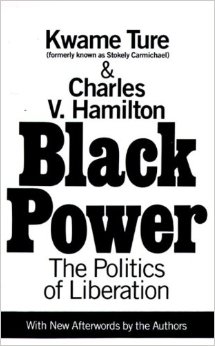
The late 1960s saw the emergence of Black Power movements that emphasized racial pride, cultural identity, and self-determination alongside legal equality. Organizations like the Black Panther Party, founded in 1966, advocated for community control and armed self-defense while providing social services like free breakfast programs for children. This period marked a shift from integration as the primary goal to empowerment and cultural affirmation.
According to the Dr. Huey P. Newton Foundation, the Black Panthers’ breakfast program fed thousands of children daily and influenced federal nutrition programs. The movement’s emphasis on “Black is Beautiful” challenged European beauty standards and encouraged pride in African American culture and heritage. Malcolm X’s philosophy of black nationalism and self-reliance provided an alternative to the integrationist approach, influencing a generation of activists and intellectuals.
Expanding Civil Rights: Women and LGBTQ+ Communities
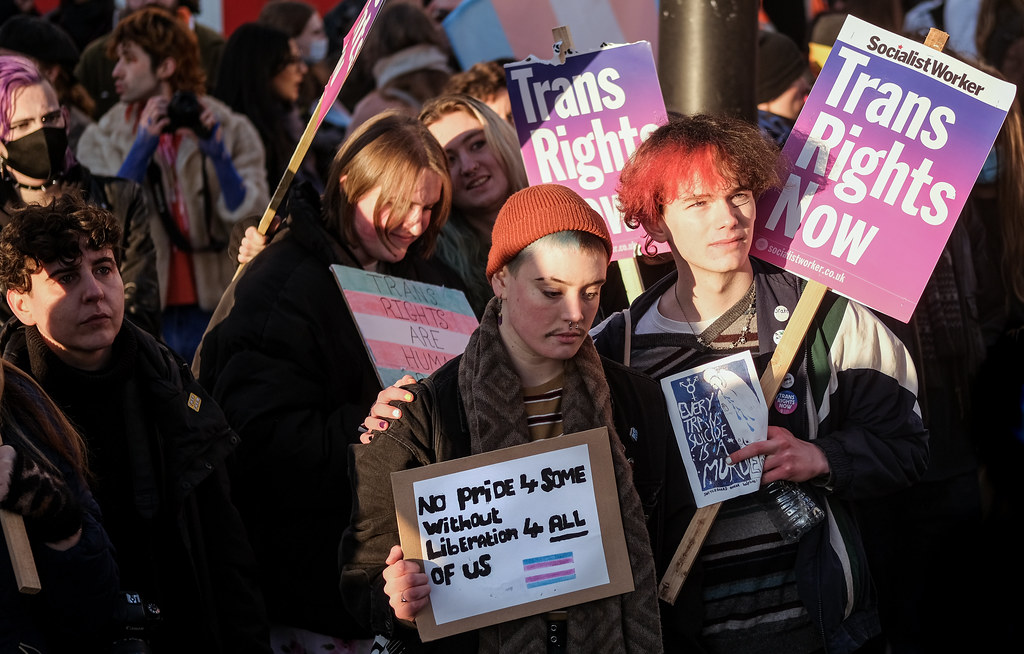
The civil rights movement’s success inspired other marginalized groups to organize for equality, creating a broader human rights movement. The women’s liberation movement gained momentum in the 1960s and 1970s, with organizations like the National Organization for Women (NOW) fighting for gender equality in employment, education, and politics. The Title IX legislation of 1972 prohibited sex discrimination in education, dramatically increasing women’s participation in sports and higher education.
According to the Human Rights Campaign, the LGBTQ+ rights movement accelerated after the 1969 Stonewall riots, with activists demanding an end to discrimination based on sexual orientation and gender identity. The movement achieved significant victories including the 2015 Supreme Court decision in Obergefell v. Hodges, which legalized same-sex marriage nationwide. Recent data from the Williams Institute shows that LGBTQ+ Americans continue to face discrimination in employment, housing, and public accommodations despite legal protections.
Modern Challenges: Mass Incarceration and Criminal Justice
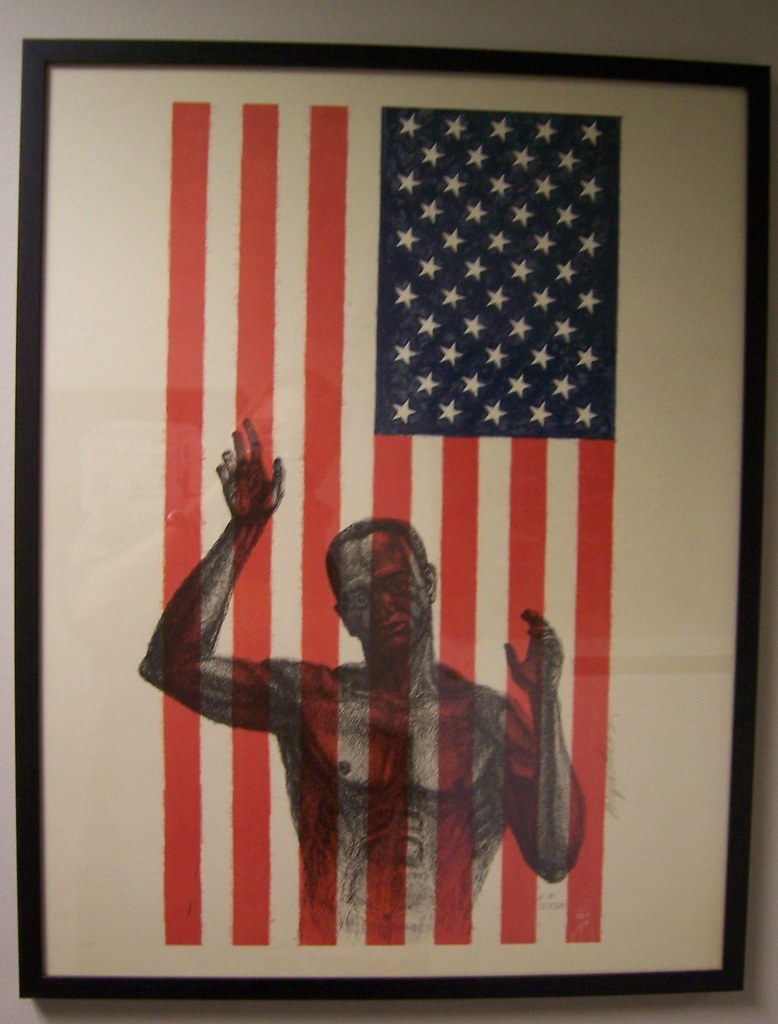
The expansion of the criminal justice system since the 1970s has disproportionately affected African American communities, creating what many scholars call a “new Jim Crow.” According to the Sentencing Project, African Americans are incarcerated at more than five times the rate of whites, with significant disparities in sentencing for similar crimes. The crack cocaine sentencing disparities of the 1980s and 1990s particularly impacted African American communities.
The Prison Policy Initiative reports that the U.S. prison population increased from approximately 300,000 in 1970 to over 2 million by 2020. This expansion has had devastating effects on African American families and communities, with one in three African American men likely to be imprisoned during their lifetime. Recent criminal justice reform efforts have focused on addressing these disparities, with some states reducing mandatory minimum sentences and expanding drug treatment programs.
The 2020 Racial Justice Movement and Beyond
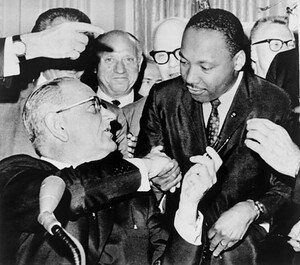
The death of George Floyd in police custody on May 25, 2020, sparked the largest civil rights demonstrations in American history, with an estimated 15-26 million people participating in protests across the country. The Black Lives Matter movement, founded in 2013, gained unprecedented support and international attention as demonstrations spread globally. The movement’s demands included police reform, criminal justice changes, and broader systemic reforms to address racial inequality.
According to the Armed Conflict Location & Event Data Project, over 10,600 demonstration events occurred in 2020, with the vast majority being peaceful. The movement achieved concrete victories including police reform measures in various cities, the removal of Confederate monuments, and increased corporate commitments to diversity and inclusion. The 2020 elections saw record turnout among African American voters, contributing to significant political changes at federal and state levels.
Contemporary Voting Rights Battles
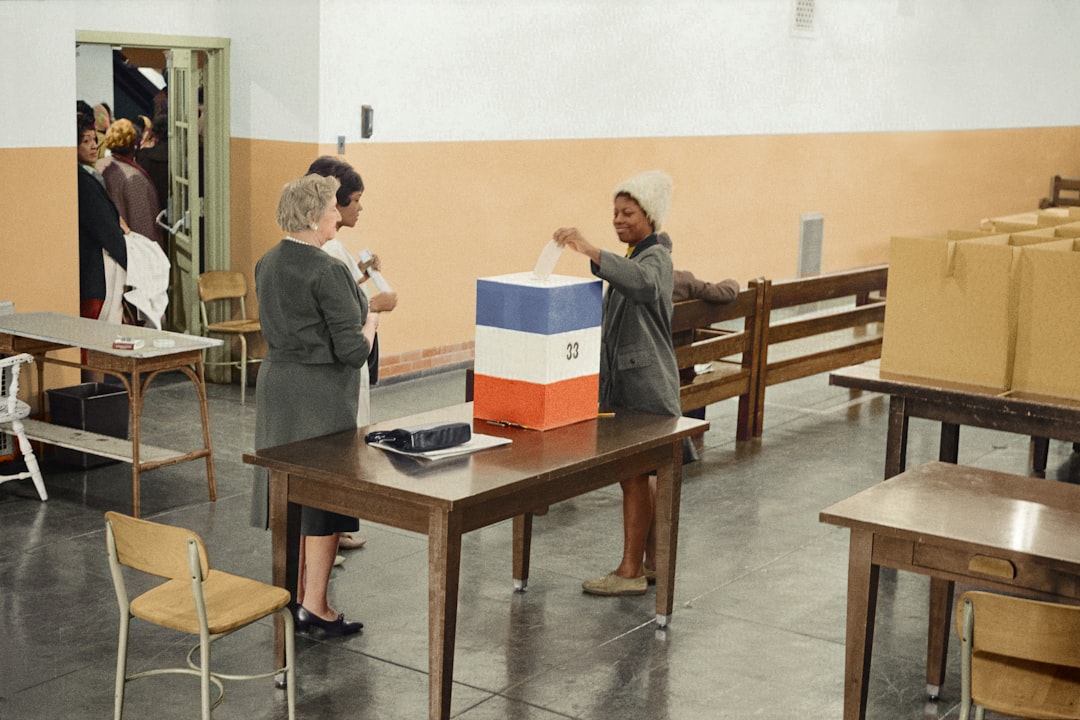
Voting rights remain a central civil rights issue, with ongoing debates about election security, voter access, and representation. The 2013 Supreme Court decision in Shelby County v. Holder removed key protections from the Voting Rights Act, leading to renewed efforts to restrict voting access in several states. According to the Brennan Center for Justice, at least 19 states enacted 34 laws restricting voting access in 2021 alone.
The debate intensified following the 2020 presidential election, with competing narratives about election integrity and voter suppression. Civil rights organizations have challenged new voting restrictions in court, arguing they disproportionately affect minority voters. The John Lewis Voting Rights Advancement Act, passed by the House in 2021, would restore and strengthen voting protections, though it faces political obstacles in the Senate.
Economic Inequality and the Wealth Gap
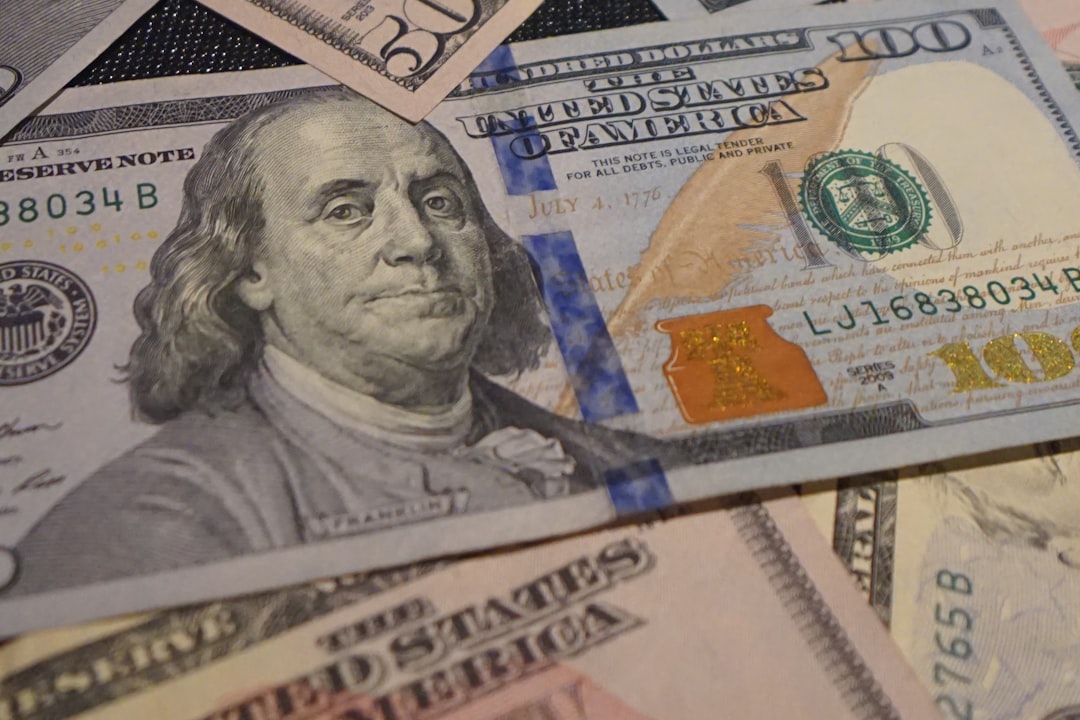
Despite legal victories, significant economic disparities persist between racial groups in America. According to the Federal Reserve’s 2022 Survey of Consumer Finances, the median white family has eight times the wealth of the median Black family ($285,000 vs. $36,000). These gaps reflect historical discrimination in housing, education, and employment, as well as ongoing barriers to wealth accumulation.
The COVID-19 pandemic highlighted these disparities, with African American and Latino communities experiencing higher rates of infection, hospitalization, and death. According to the Centers for Disease Control and Prevention, African Americans were twice as likely to die from COVID-19 as white Americans. The pandemic’s economic impact also disproportionately affected minority-owned businesses and workers in service industries.
Educational Equity in the Digital Age

Educational inequality remains a persistent challenge, with significant gaps in achievement and opportunity between racial groups. According to the National Assessment of Educational Progress, substantial achievement gaps exist in reading and mathematics between white and African American students. The COVID-19 pandemic exacerbated these disparities, as remote learning highlighted the digital divide affecting low-income communities.
School funding inequities continue to impact educational outcomes, with predominantly minority schools receiving less funding per student than predominantly white schools. The Century Foundation reports that nonwhite school districts receive approximately $2,200 less per student than white districts. Recent initiatives have focused on addressing these disparities through increased funding, technology access, and support for teachers in high-need schools.
Climate Justice and Environmental Racism

Environmental justice has emerged as a significant civil rights issue, with communities of color disproportionately affected by pollution and climate change. According to the Environmental Protection Agency, African American communities are 75% more likely to live in areas with industrial pollution than white communities. The concept of environmental racism describes how environmental hazards are unequally distributed along racial lines.
The Biden administration has made environmental justice a priority, with Executive Order 14008 directing federal agencies to address environmental inequities. The Justice40 initiative aims to deliver 40% of federal clean energy and environmental benefits to disadvantaged communities. Recent data from the American Lung Association shows that people of color are three times more likely to live in areas with unhealthy air quality.
Future Challenges and Opportunities
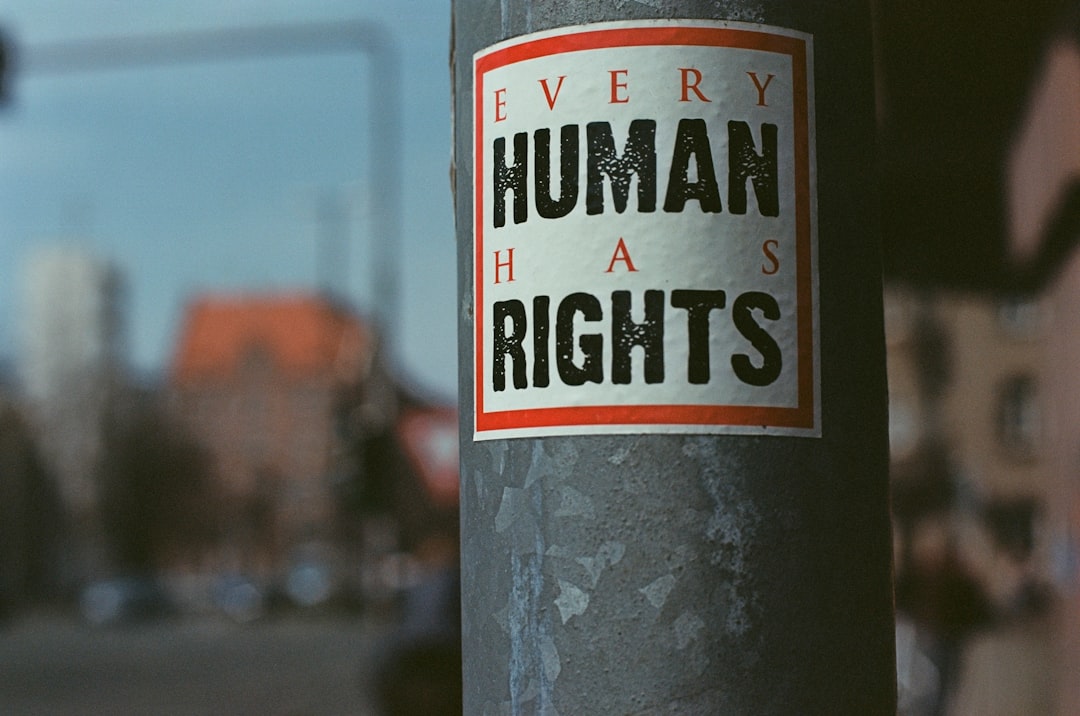
The civil rights movement continues to evolve, addressing new challenges while building on historical achievements. Demographic changes, including the growth of multiracial Americans and immigrant communities, are reshaping discussions about race and equality. According to the U.S. Census Bureau, the multiracial population increased by 276% between 2010 and 2020, reflecting changing American demographics.
Technology presents both opportunities and challenges for civil rights advocacy. Social media has enabled rapid organization and awareness-raising, as seen in movements like #BlackLivesMatter and #MeToo. However, digital platforms also enable the spread of hate speech and misinformation. The future of civil rights will likely involve addressing algorithmic bias, digital privacy, and ensuring equal access to emerging technologies.
The journey toward civil rights in America reflects both remarkable progress and persistent challenges. From the abolition of slavery to the ongoing fight for voting rights and economic equality, each generation has built upon previous achievements while confronting new forms of discrimination. The movement’s evolution demonstrates that civil rights is not a destination but an ongoing process requiring continued vigilance and action. How will future generations continue this essential work toward a more just society?

